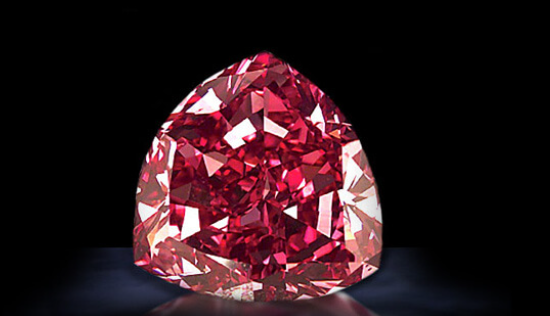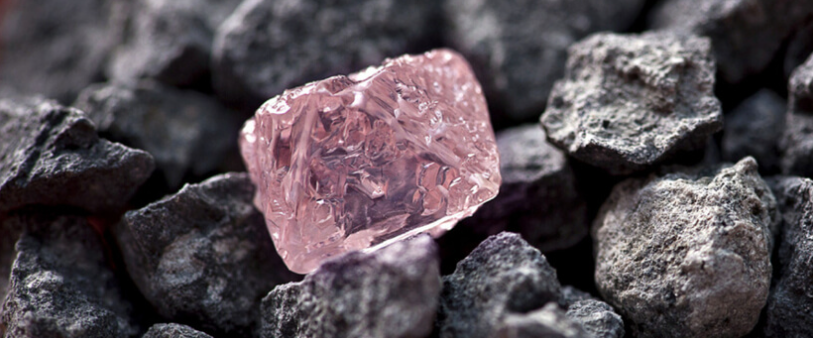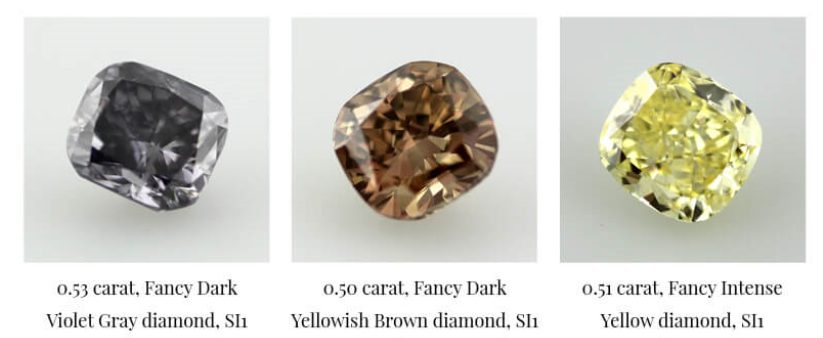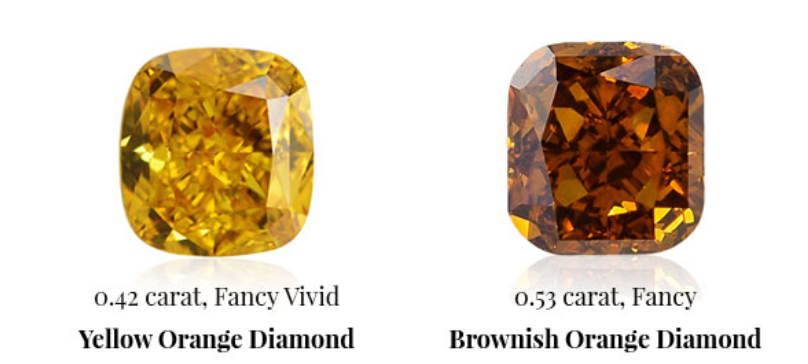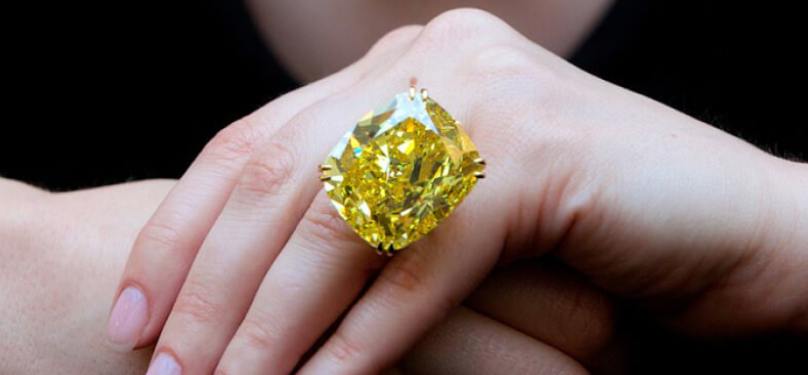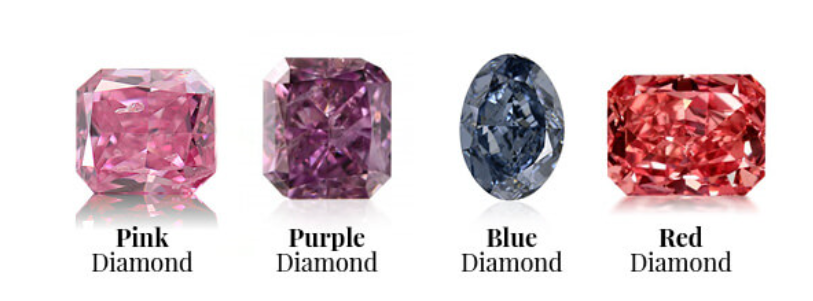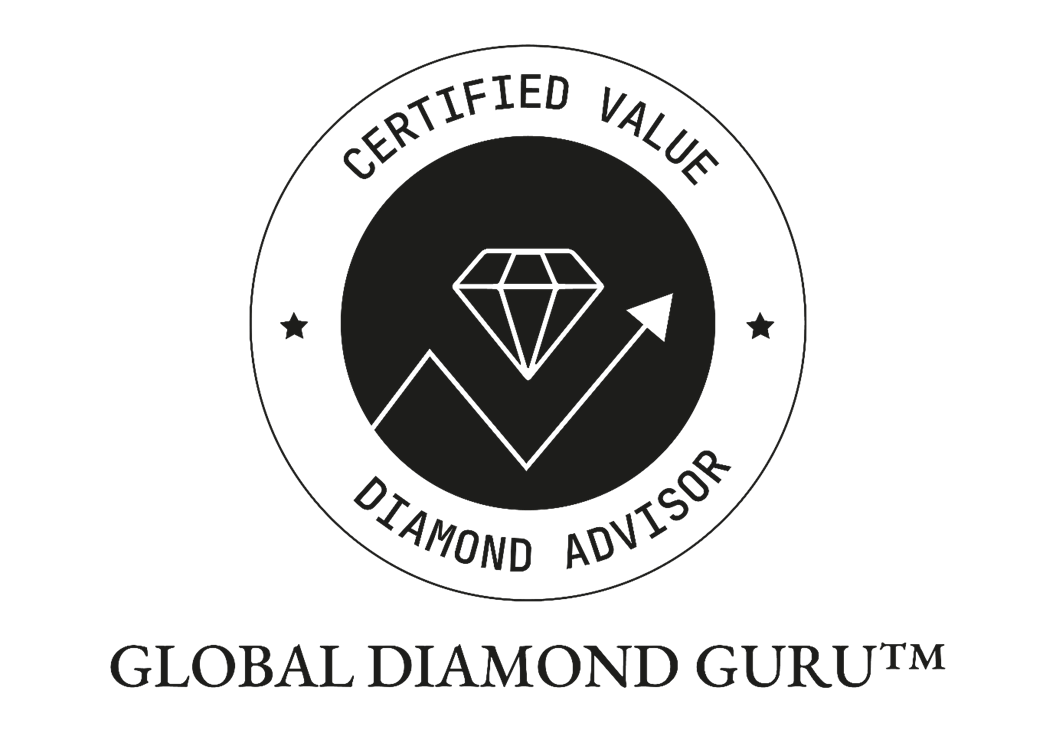While the intensity of the color, is the primary factor that influences the pricing of diamond, the other 3 C’s – Carat, Clarity and Cut – are also important considerations.
Carat – represents a diamond’s weight (not size). As a rule, the more carats, the higher the price per carat, as well as the higher than a price overall.

Clarity – indicates a stone’s structural perfection. While flaws are not usually visible to the human eye, the clarity scales set by gemological institutes such as the GIA, specify the diamonds’ level of internal clarity when magnified 10,000 times.
The clarity rating is represented in a scale that includes 9 grades divided into 6 groups:
FL – Flawless: No inclusions or blemishes are visible even at 10x magnification.
IF – Internally Flawless: No inclusions, only blemishes visible at 10x magnification.
VVS1, VVS2 – Very, Very Slightly Included: Inclusions slightly visible at 10x magnification.
VS1, VS2 – Very Slightly Included: Minor inclusions clearly visible under 10x magnification.
SI1, SI2 – Slightly Included: Minor and major inclusions visible at 10x magnification.
I1, I2, I3 Included: Inclusions are obvious at 10x magnification and visibly affect transparency and brilliance.
Cut – refers to the way the diamond is polished to best flatter its natural qualities, maximize its color, augment its sparkle and make it look larger than its actual carat weight.

Colored diamonds, are generally cut into pear, radiant, cushion, or other unconventional shapes as such fancy shapes, which reflect less white light, work to enhance the intensity of the color.

It is possible to find colored diamonds in rounds, princess and emerald cuts. However, as it is very difficult to cut colored diamonds into these shapes without losing color, these shapes are usually rare, and extremely valuable.



